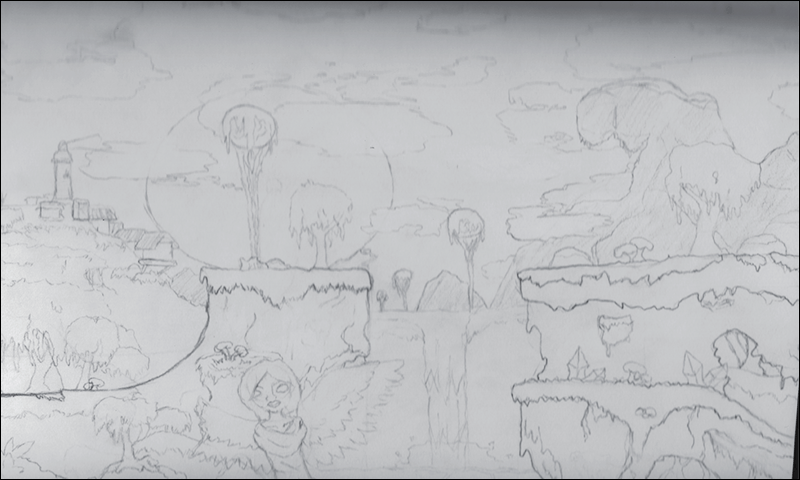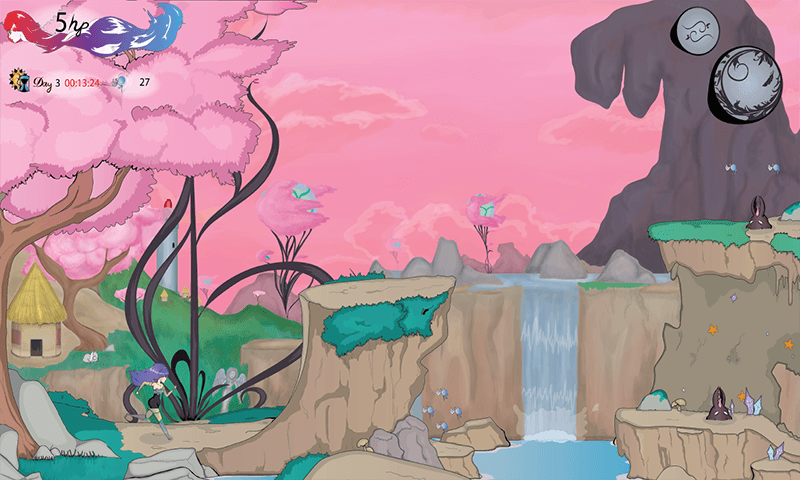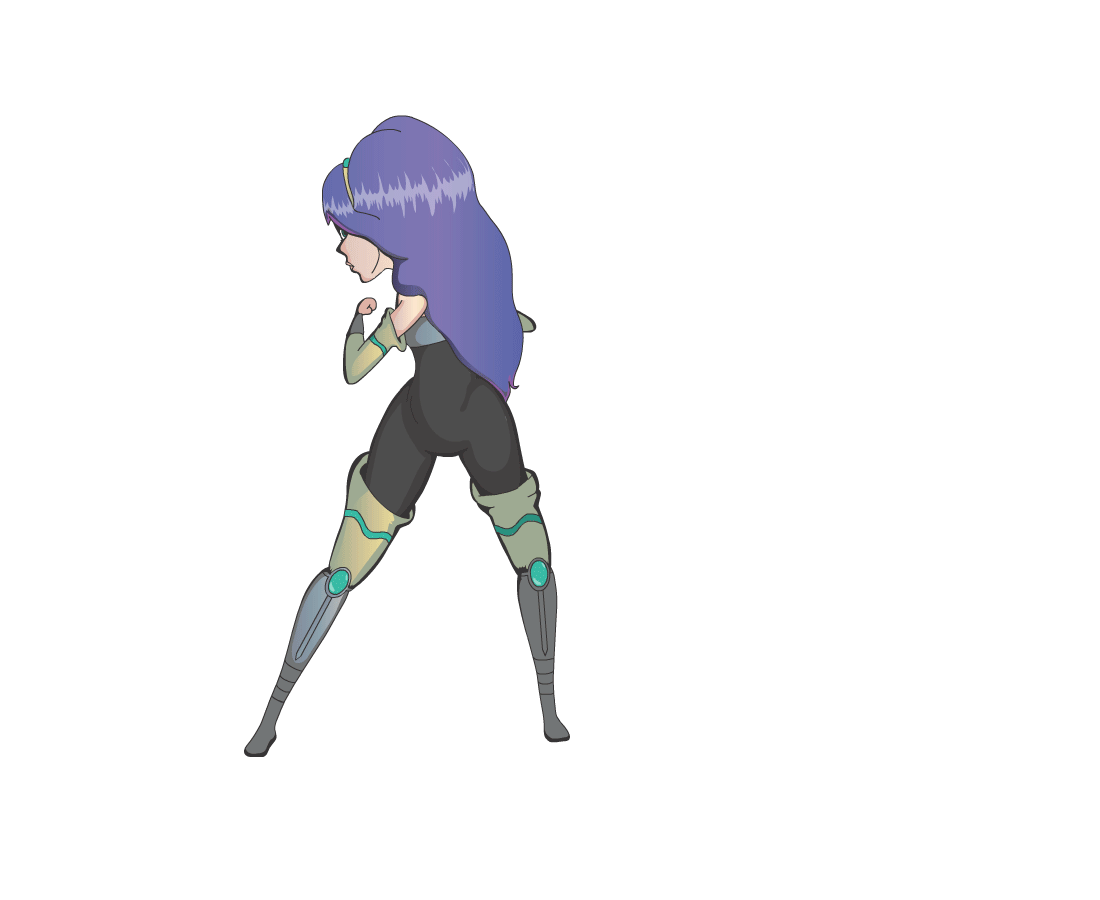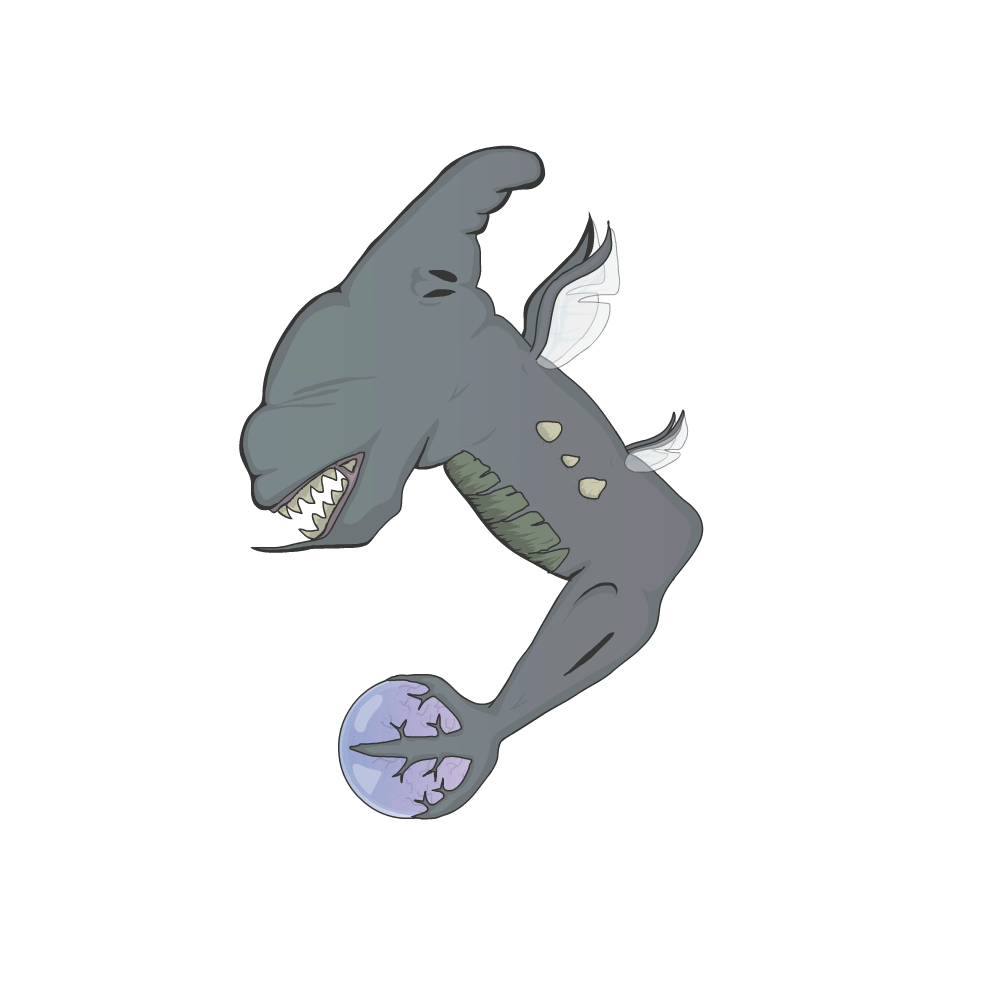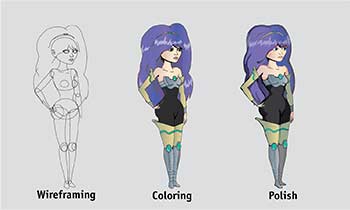







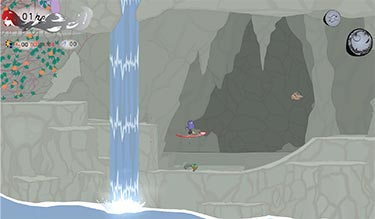

Levels are created with a focus on three elements: speed, exploration, and platforming. I wanted the stages to have a sense of breadth while remain intriguing for speedrunners.
The below pictures show development of the one the art style of the third world alongside some iterations of the level design layout.
For the protagonist, the animations had to be smooth and feel right for play. The animations have little start up lag (using presumed wind up) and quick follow through to create a sense of control and fluidity.
For the movement I used different running animations to show when the protagonist is picking up speed.
I went through three version of the kick. the first animation has too much anticipation and not enough range. For the second, it felt right and conveyed more character but it didn't fit in a gameplay setting. Ultimately, I went with the third kick as it conveyed character, had no anticipation lag and had versatility.
For enemy animations, I created readable anticipation for an attack or patterns to the attack. Here I have three enemies from different worlds using attacks that follow different tells.
To fit the narrative, I needed to make a protagonist that seemed larger than life, idealized on a superficial scale, acrobatic, and cosmic. The idea was to create a seemingly perfect superman archetype who was morally ambigious. I decided to create something of a cosmic ballerina, to create this false sense of perfect deification that I could then deconstructed and examine as the story went on.
To emphasize that the protagonist is an acrobatic powerhouse, I made her mostly bottom heavy with very tiny hands and legs. I did have to modify the design a bit to be more rectangular in pose. This was to help better identify her hurtboxes. Thematically I took designs elements from ballerinas, knights, and added what I felt were cosmic motifs to create her design.




